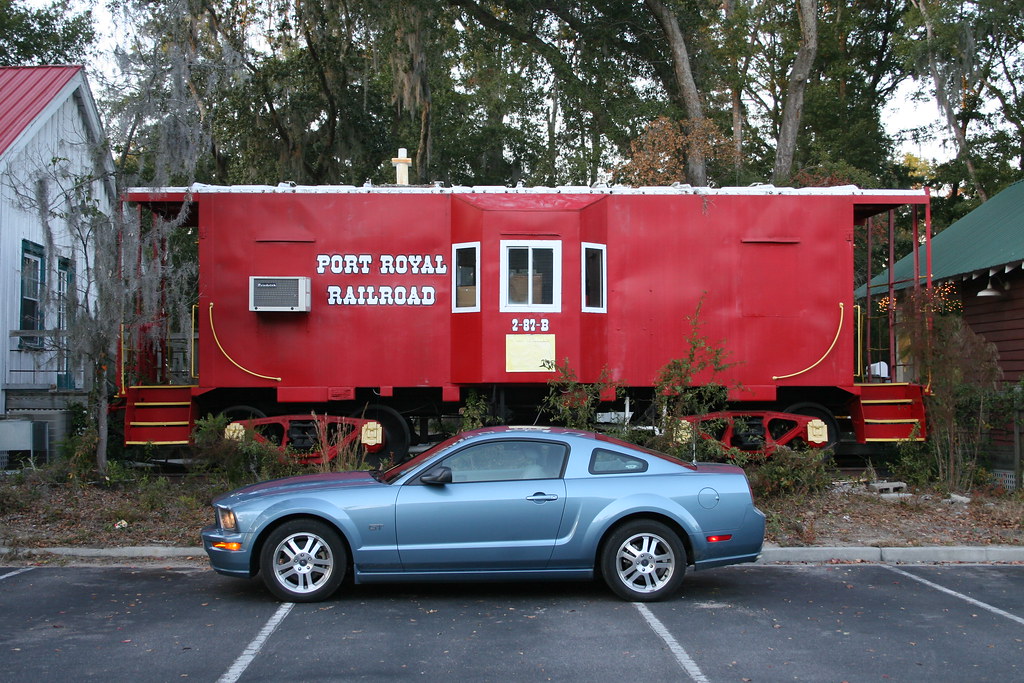Experiment becomes Yard Art

Travelers along US Highway 17 north of Charleston frequently wonder about an abandoned hull which sits on land close to the marsh at a small creek between Awendaw and McClellanville. There seems to be a need to come up with an explanation for everything we see which is not immediately obvious at first sight. Objects found out of place seem to disturb the order and balance we require as we move through the day.
We often delight in the misplaced objects we find, but tend fill in the blanks were facts are not present. Along this stretch of the coast the memory of Hurricane Hugo looms large and is the most likely filler of blanks. Anything twisted, bent, smashed, unfastened, rusted, busted or dead became such at the hand of Hugo. Most folks passing this way just figure that Hugo washed this trawler ashore, but that's not the way it went.
Around 1980 fuel costs were already well above the pre embargo days of the early 70s. It was a jolt which had begun to raise the cost of living and brought about a run on the small car market. Suddenly you couldn't give away a full sized American sedan. The demand for fuel economy brought a plague upon the American muscle car from which only the Chevrolet Camaro and the Ford Mustang survived and just barely. Of course, now that gasoline is far more expensive we've just tossed out any idea of fuel economy, a misplacement of priorities for which no one seems to have a good explanation. We haven't yet filled in that blank.
People passing the trawler often make up interesting stories to explain its presence. The trawler was actually a response to the energy crisis.
Our research indicates that a man came up with an idea for a lighter shrimp trawler around 1979. His plan was to use fiberglass for the hull to reduce weight and thus save Diesel fuel which become more expensive than gasoline. Fuel cost was the first major attack upon the heart of the shrimping industry in the lowcountry. He obtained some sort of loan perhaps a Small Business Loan and began construction of the trawler. This appears to have been a one man operation so it must have taken quite a while. Why it was not completed by September 21, 1989, the date when Hugo stuck, we do not know and won't speculate. The hurricane only moved the hull a few yards from its original position and time has taken care of the decaying process. It's nothing more than by-catch of the energy crisis now.
So, this project was one man's attempt to respond to a crisis and help save an industry. Our national response to the runaway cost of fuel is in pretty much the same shape as this abandoned trawler. When the next embargo comes as come it will, we'll be looking a lot worse than the trawler. "Happy Motoring," as they used to say at Esso before it became Exxon.



